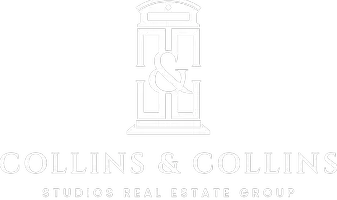
Categories
Recent Posts

How New Mexico's Booming Film Industry Is Transforming the Real Estate Market

Budget Home Makeover | Inexpensive Home Improvement Tips to Boost Value and Style

Santa Fe Real Estate Market in 2025: A Balanced, Evolving Landscape

Albuquerque’s Real Estate Market: Steady, Affordable, and Surging Upward

How Homeowners Can Use AI to Simplify Household Tasks and Home Improvements


